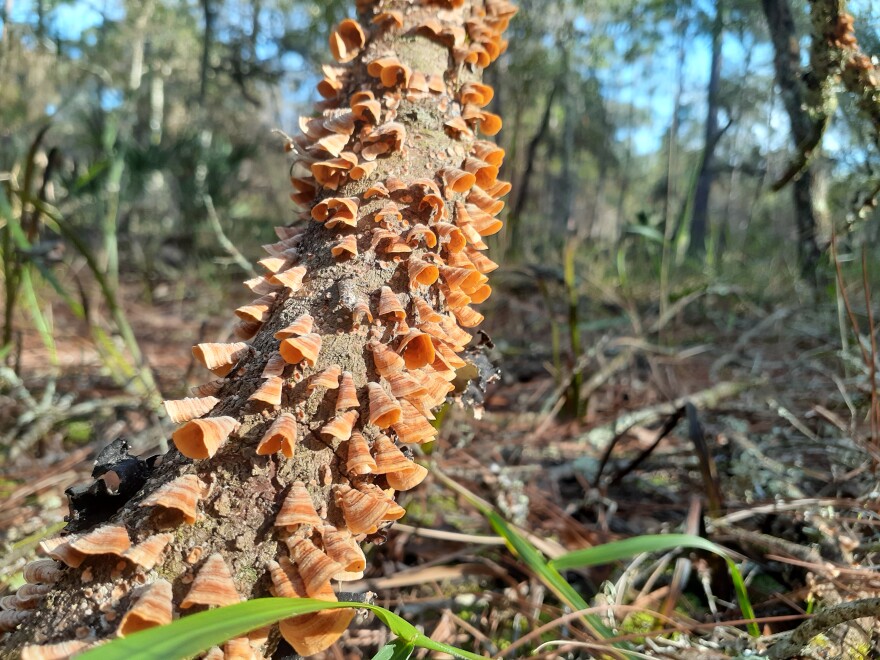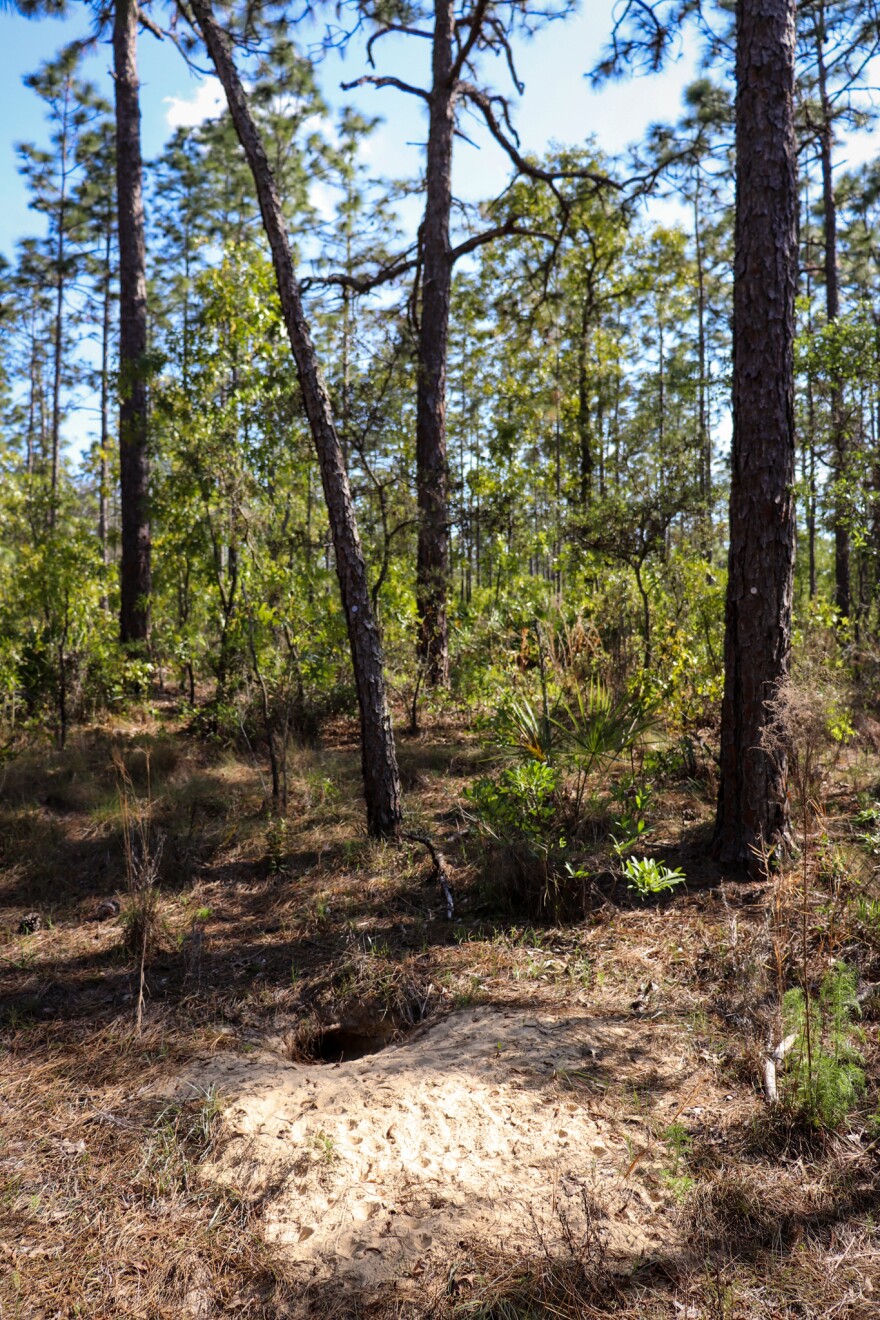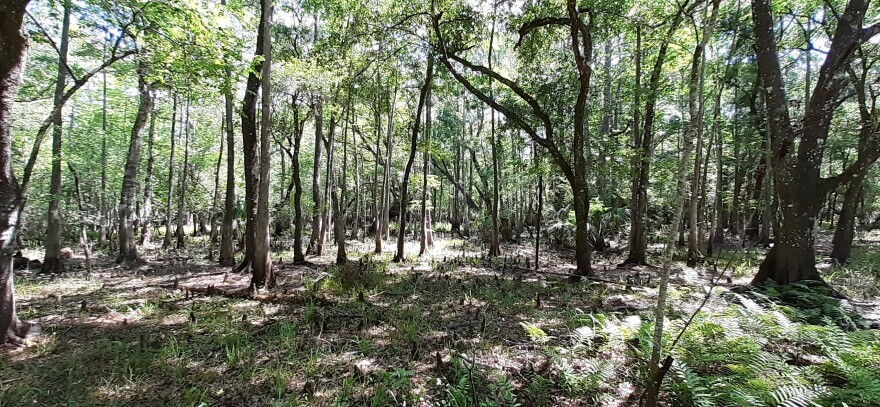Hillsborough’s Board of County Commissioners discussed on Wednesday the University of South Florida's recent request for development ideas on the USF Forest Preserve and adjoining golf course.
Commissioners may be interested in buying the 769 acres of what’s known as its northern property off of Fletcher Ave.
It’s said to be one of the largest remaining undeveloped parcels along Interstate 75, and Hillsborough Commissioner Kimberly Overman wants to preserve it.
"This land is a gem and deserves to be protected, in my opinion," she said.
Related: USF Students Gather Thousands Of Signatures Against Preserve Development

Overman pointed out that this area directly abuts protected lands, such as Lettuce Lake Park and Cypress Creek.
She also mentioned the habitats on this particular site are considered globally imperiled, specifically the upland sandhill habitats, which she said are “extremely rare to find in an ever-increasing urban setting.”
“In addition to its ecological significance, its historical significance is extremely important. There are significant archaeological artifacts and mounds of Florida's indigenous peoples on this property first discovered in the 1930s,” she said.
“Like any other project with a valued community partner, such as USF, I envision working together to find a solution that's befitting of our shared commitment to sustainability,” said Overman.
She made a motion to ask general committee members of the Jan K. Platt Environmental Lands Acquisition and Protection Program, or ELAPP, if they would consider nominating this parcel and rank it in accordance with their normal process during a special meeting in April.
The board unanimously voted in favor of this.
Still, Commissioner Stacy White and others said preservation should be USF's responsibility.
"Let's not lose sight of the fact that USF is a public entity. They're dedicated to academics and scholarly work,” said White. “We've mentioned the archaeological significance of this site. We've mentioned the ecological significance of this site. First and foremost, it belongs in USF's wheelhouse under their umbrella.”
Commissioners also voted unanimously to send letters to state and university leaders, urging them to conserve the land.

Forest Turbiville, the director for Hillsborough's Conservation and Environmental Lands Management, said the county mistakenly believed the property had been officially preserved all this time.
"Staff always believed that it was protected because it was owned by the state,” said Turbiville.“ And all sorts of research projects were performed out there. The area was being actively managed through prescribed burning, exotic plant control, and the assumption was made I think, unfortunately, wrongly, that this area was protected as an ecological research area for the university.”
He said the name, USF Forest Preserve, added to the confusion, along with the university's 2015-2025 master plan which gives the impression that the property is protected and will not be developed.
Turbiville ultimately recommended to keep the response fairly generic by expressing interest in working with the university to preserve the forest, in particular, while letting the ELAPP process play out as far as the site ranking.
“Then at some point, if there is interest on the part of the university to work with the county, to have the county potentially acquire the property, or some other preservation arrangement, perhaps a conservation easement over the natural area, then then we can work with that,” he said.
The board of commissioners seemed to agree, overall, with that sentiment.




